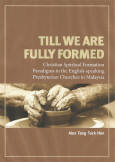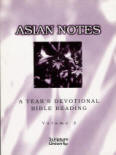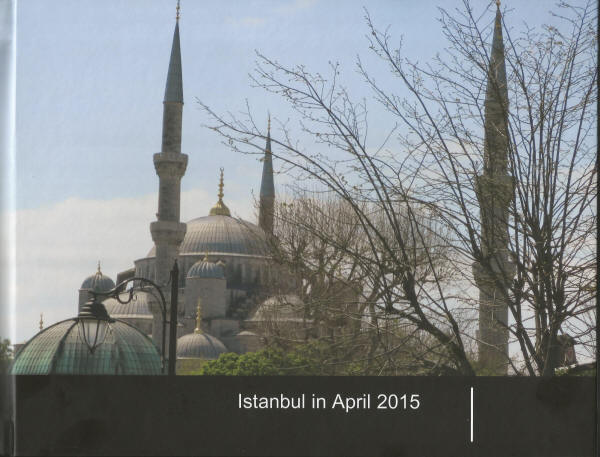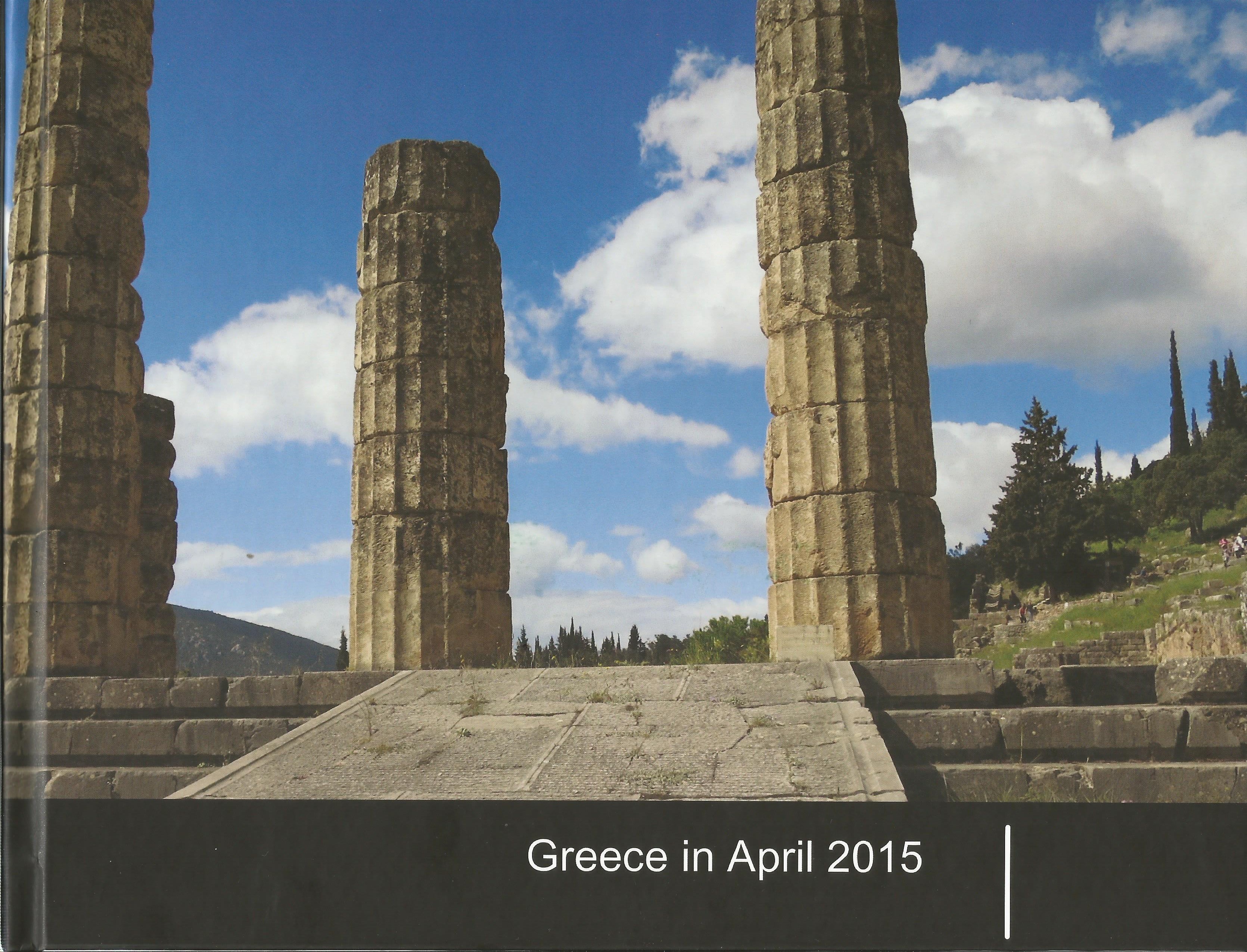Paul's Travels
| Orthodox Church Icon of St.Paul |
Travel in New Testament times was not easy. Though the Romans had built their roads which link major cities and towns, these roads were paved with stones and not comfortable to travel on. The carts drawn by mules did not have spring suspension and were bumpy. Most people, except for the rich and nobles, walked. Travelers were exposed to the weather and at risk from bandits or pirates. They were also at the mercy of unscrupulous innkeepers and their dirty unhygienic inns. One could imagine that the people would not want to travel far unless they had no choice. What then were the reasons the Apostle Paul have to travel? The conversion experience of Paul near Damascus may provide the answer:
AC 9:1 Meanwhile, Saul was still breathing out murderous threats against the Lord's disciples. He went to the high priest 2 and asked him for letters to the synagogues in Damascus, so that if he found any there who belonged to the Way, whether men or women, he might take them as prisoners to Jerusalem. 3 As he neared Damascus on his journey, suddenly a light from heaven flashed around him. 4 He fell to the ground and heard a voice say to him, "Saul, Saul, why do you persecute me?"
AC 9:5 "Who are you, Lord?" Saul asked. "I am Jesus, whom you are persecuting," he replied. 6 "Now get up and go into the city, and you will be told what you must do."
AC 9:7 The men traveling with Saul stood there speechless; they heard the sound but did not see anyone. 8 Saul got up from the ground, but when he opened his eyes he could see nothing. So they led him by the hand into Damascus. 9 For three days he was blind, and did not eat or drink anything.
AC 9:10 In Damascus there was a disciple named Ananias. The Lord called to him in a vision, "Ananias!"
"Yes, Lord," he answered.
AC 9:11 The Lord told him, "Go to the house of Judas on Straight Street and ask for a man from Tarsus named Saul, for he is praying. 12 In a vision he has seen a man named Ananias come and place his hands on him to restore his sight."
AC 9:13 "Lord," Ananias answered, "I have heard many reports about this man and all the harm he has done to your saints in Jerusalem. 14 And he has come here with authority from the chief priests to arrest all who call on your name."
AC 9:15 But the Lord said to Ananias, "Go! This man is my chosen instrument to carry my name before the Gentiles and their kings and before the people of Israel. 16 I will show him how much he must suffer for my name." (NIV)
Paul was God's chosen instrument to spread the gospel to both the Jews and the Gentiles. While the majority of Jews were in Judea and Samaria, the Gentiles were not but spread out all over the Roman empire. These meant that Paul had to travel far to reach the Gentiles. However Paul did not wander around aimlessly. There seem to be a strategy in Paul's traveling. What then was this strategy?
Firstly, Paul identified and focused on provinces in Asia Minor. Both Luke and Paul referred consistently to provinces rather than cities. Thus Paul was forbidden to preach the word in Asia (Acts 16:6), he was called from Troas not to Philippi or to Thessalonica but to Macedonia. In Paul’s view, the unit was the province rather than the city. Then within these province, Paul identified cities to which he would preach. Paul did not plan to preach in every city in a province but key cities only. He would first preach to the local Jews in the synagogue and if his message was rejected, to the Gentiles outside the synagogues. He planned to establish missional churches in these cities which will spread the gospel into the province itself.
Secondly, Paul usually start with the Jewish communities in the selected cities. Under the Roman government, the Jews enjoyed many privileges. Their religion was recognised. They had liberty to administer their own laws. They were not obligated to share in the worship of the Emperor and they were exempt from military service. Thus Paul entered these centres as member of a powerful and highly privileged group. He can enter and preach in any synagogue.
Thirdly, Paul chose cities which were centres of Greek civilisation. Even in Lystra, half the inscriptions, which have been discovered, are Greek while the other half are Latin. Everywhere Roman government went hand in hand with Greek education. The education provided Paul with his medium of communication. There is no evidence that Paul translated the Scriptures into the local dialects of Asia Minor. The influence of Greek civilisation was an influence, which tended to the spread of education, and Christianity from the first was a religion of education. The disciples were learners. Paul preached in Greek, wrote in Greek and expected his converts to read the Scriptures in Greek. For Paul, one common language was as important as one government under Pax Romana.
Fourthly, Paul’s work was confined within the limits of the Roman administration. In preaching in south Galatia, Paul was preaching in the Roman province next to his native province of Cilicia. Between these two cities lay the territory of Lycaonia Antiochi, and across this territory Paul must have passed when he journeyed from Tarsus to Lystra and Iconium. Yet we were never told that he made any attempt to preach in that area. In areas of Roman administration, Paul knew that he could obtain for himself and his people the security afforded by a strong government. As a Roman citizen, he knew that as a last resort, he could expect and receive protection from his fanatical countrymen. In these Roman provinces, there is religious tolerance, peace and security of travel. In Corinth, Gallio, proconsul of Achaia, was impartial and refuse to hear the case, and in Ephesus the city clerk was reasonable and fair.
Fifthly, the Roman Empire also gave Paul the groundwork for the gospel. The idea of a world-wide empire, the idea of the common citizenship of men of many races in that one empire, the strong authority of one law, the one peace, the breaking down of national exclusiveness, all these things prepared men’s mind to receive Paul’s teaching of the Kingdom of God and of the common citizenship of all Christians in it. Paul used the terms and concepts of his time and 'baptised' it for the purpose of spreading the good news. Caesar Augustus' proclamation of the good news (gospel) that he was the saviour of all humankind through Pax Romana, was subverted by Paul into that the gospel (good news) is Jesus Christ is the saviour of all humankind and has established the kingdom of heaven.
Sixthly, Paul chose cities which were centres of the world’s commerce. They were cities of importance as leaders of the provinces. These were cosmopolitan cities. In them were many travelers who will carry the gospel back to their own provinces. Their wealth makes these cities powerful. They were the trendsetters, foremost in any new fashion or policy. One example was Ephesus a major trading port city in the Asia Minor coast. Paul spent a lot of time there. Another example was Corinth, another powerful maritime city.
Finally, Paul trained leaders from different provinces. He taught them and brought them along with his travels. This is an effective training model, one which Jesus also used. As the team travelled, Paul would teach the core content of Christian beliefs (teaching), his trainees would observe his life (modeling), and Paul would get them involved in the ministry (praxis). No less than seven disciples were travelling with Paul on his trip through Macedonia, making it a mobile school (Acts 20:4). Even when Paul was a prisoner in transit to Rome, he was able to have Aristarchus and Luke goes with him (Acts 27:2-8; 28:1, 10-15). At one time, Paul’s entourage consists of nine men from different provinces: Sopater (Berea, Macedonia), Aristarchus and Secundus (Thessalonica), Luke (Philippi), Gaius (Derbe, Galatia), Timothy (Lystra, Galatia), Tychicus and Trophimus (Ephesus, Asia) and Titus (Achaia).
To summarise, Paul's travels were not aimless wanderings but a planned evangelistic outreach. An estimation made by Eckhard J. Schnabel suggested that Paul travelled a distance of 25,000 km (15,500 miles) in 663 days which is a long distance over a long period of time. Roland Allen, Missionary Methods: St. Paul’s or Ours? (Grand Rapids, MI: William B. Eerdmans Publishing, 1962, 3) notes, "In little more than 10 years, Paul established the Church in 4 provinces of the Empire, Galatia, Macedonia, Achaia and Asia. Before AD 47 there were no churches in these provinces; in AD 57 Paul could speak as if his work has been done and was planning to go further afield". It appear that the strategy worked!
Destination
|
By land (25 km/day)
|
By sea (100 km/day)
|
Journey total
|
Arabia
|
300 km (12 days)
|
300 km (12 days)
|
|
Syria/Cilicia
|
1,800 km (70 days)
|
1,800 km (70 days)
|
|
Jerusalem (AD 44)
|
1,080 km (45 days)
|
1,080 km (45 days)
|
|
Galatia
|
1,440 km (60 days)
|
980 km (10 days)
|
2,420 (70 days)
|
Jerusalem (AD 48)
|
1,080 km (45 days)
|
1,080 km (45 days)
|
|
Macedonia/
Achaia |
3,110 km (125 days)
|
2,060 km (20 days)
|
5,170 km (145 days)
|
Asia
|
2,900 km (115 days)
|
3,210 km (35 days)
|
6,110 km (150 days)
|
Spain
|
1,000 km (40 days)
|
1,800 km (15 days)
|
2,800 km (55 days)
|
Crete
|
120 km (5 days)
|
1,300 km (14 days)
|
1,420 km (19 days)
|
Last journeys
|
900 km (35 days)
|
1,700 km (17 days)
|
2,570 km (52 days)
|
Totals (approximate)
|
14,000 km (8,700 miles) by land
|
11,000 km (6,800 miles) by sea
|
25,000 km (15,500 miles) in 663
days
|
Labels: Paul





















